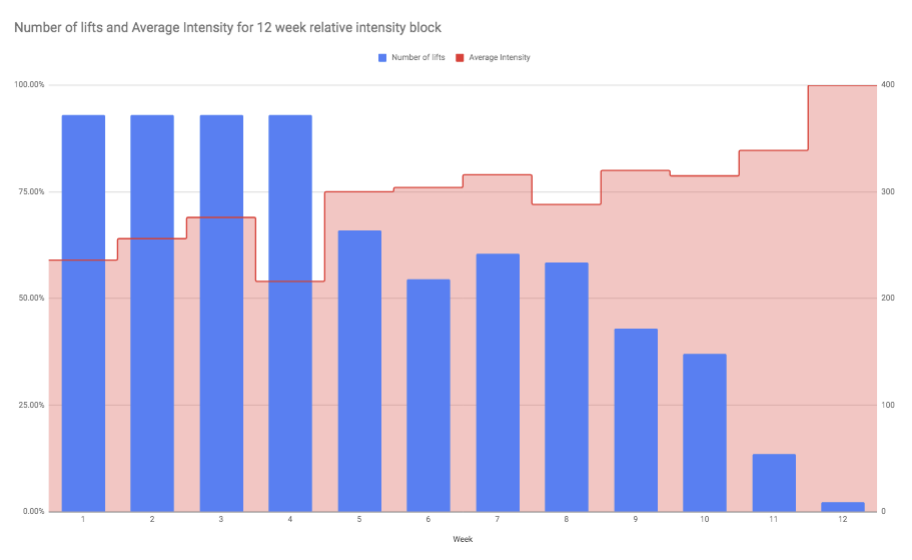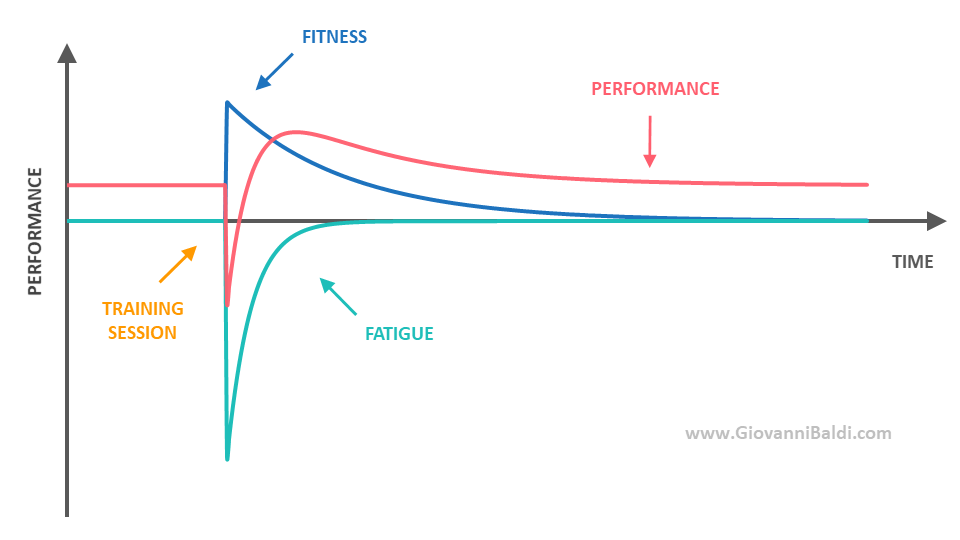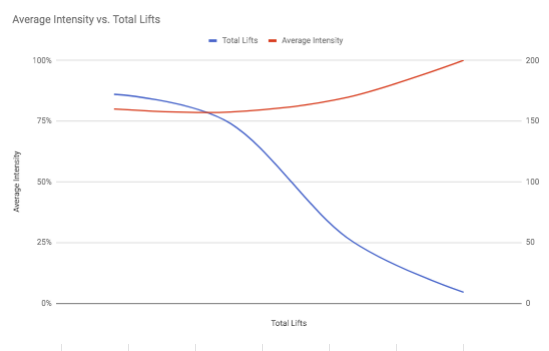Get google drive version of the block
Download excel version of the block
Block 11 uses a concentrated load (the rationale for which is discussed in the blog post for block 11) to try and push the performance of the lifter in week 3. Normally as part of a 12-week block this would come in during the third block or week 9-12 of a 12-week mesocycle. During this mesocycle, we have moved the front-loaded concentrated load strength block to the middle 4 weeks of the mesocycle to allow us the opportunity to perform another peak/max out. This is purely down to the way your strongest year is structured and now how you would train longitudinally.

Block 12 is the final block of your strongest year. If you have made it this far then thank you for sticking with us for so long and hopefully the project has lived up to it’s billing and this has been the best year of weights training you have had up to now. I started this project at the end of 2015, with the view for it to be finished by mid-2016, and like all best-laid plans I am writing this update in 2020. The next step of this project will be your strongest year 2.0 which will be another 12 months of training laid out in what might be a more typical or longitudinal training pattern and for me to promote this resource more to get it out in front of more people. Until your strongest year 2.0 is with us maybe in 2028 lets talk more about the last training block.
Combining a concentrated load with a simple peaking approach
We discussed in the last block the concept of a concentrated load (or a week of overreach) and how it produces an increase in performance 10-14 days after the concentrated loading week. We are combining the front-loaded block design of the last 4 weeks by putting another concentrated load week as week 1 of the block. We are introducing a basic taper/peak into the block as well to allow you as a lifter to have another shot to test/set some new one-rep maxes. As we have discussed already in this article this isn’t really a sound structure for a training year (having 12-16 week periods with constant testing or max effort) however the purpose of this project is to provide you with a whole year worth of periodised strength training but also to show you different styles of programming and for you to also progress and have fun. Humans aren’t machines and programming isn’t just a science-based off x load leads to y outcome all of the time so including a bit of fun and the occasional max out for the lols isn’t going to kill anyone.
The overload is a 5×3 set at 90% of absolute intensity and an RPE of 9. Typically loading of 3 reps at 90% will depend on how you have gotten there. If you are doing 90% x 3 with no preparation work then this could represent 1×3 @ 10 as it is around your predicted 3 rep maximum load. If you have gotten to 90% x 3 during a planned phase of training then 90% for 2-3 sets of 3 would be a good overload dose and you could be looking at RPEs of around 8-10 depending on how you are feeling on the day and how your training up to this workout has gone. 5 sets of 3 at 90% of RM, however, should represent a near-maximal workout and something without prior work and training you shouldn’t be able to complete. It, in short, presents a high-stress load or an overreach.
We would expect you to be stiff and sore the week after the overreach / concentrated load and as such week 2 is a recovery week. The recovery week is included with the taper. During week 2-4 the number of working sets and reps is decreased and the intensity is dropped off in week 2 to allow for a deload and then ramped back up week 3-4 incrementally ended with a max in week 4.

The work or the fitness that the peak is taking advantage of was developed in week 1-4 of the block, further developed and progressed in week 5-8 and now we are going to use a taper to drop your fitness so we can also drop fatigue allowing for your performance to come to “peak condition” this is in essence what a peak is.
Use of Relative Intensity in the block
| Week | Relative Intensity | Absolute Intensity | Volume (sets x reps) | Volume load (Intensity x Volume) |
| 1 | Very Heavy | 95-100+% of best | 5 x 3 | Very fatiguing |
| 2 | Moderately Heavy | 85-90% of best | 3 x 3 | Stimulating / low fatigue |
| 3 | Heavy | 90-95 of best | 3 x 2 | Stimulating / low fatigue |
| 4 | Maximal | 1 Rep max | 1×1 | Testing / Maximal |
Block 12 – the training block

You can see the very clear divergence between the intensity of effort (average intensity of 1 rep max) and the volume (number of lifts). This is very typical of most peak approaches where volume is dropped of pretty quickly (about 25% drop each week or micro cycle) and intensity of effort is climbed up incrementally (2.5 – 5% increase pre week or micro cycle). Nothing other than intensity and volume will be training from this block compared to the last block of training.
The Micro-cycle (a training week)
- Day 1 – Lowers (squat focus)
- Day 2 – Uppers (bench focus)
- Day 3 – Rest
- Day 4 – Lowers (deadlift focus)
- Day 5 – Uppers (pause bench focus)
- Day 6 – Rest
- Day 7 – Rest
Exercise selection
We will be focusing on the main variations of the lift (your strongest style of bench press, deadlift and squat) as we are looking to push the maximum weight possible during the next 2 blocks of training.
For assistance based lifts we will be using skill-based variations for squat and deadlift (to help you and try to make your movement more efficient or to target on a particular sticking point). They have been set as fairly generic lifts in the program however if you have specific lifts or assistance lifts you like to use to help you progress feel free to include those.
We again will be using a simple upper/lower split to try and maximize recovery over the following 8 weeks to put you in the best position possible to be able to perform on each of the individual sessions.
